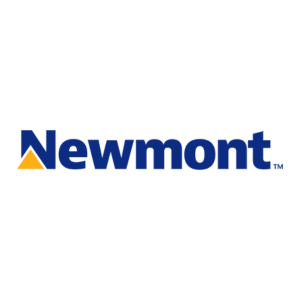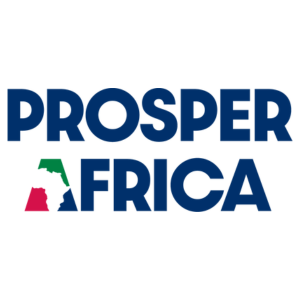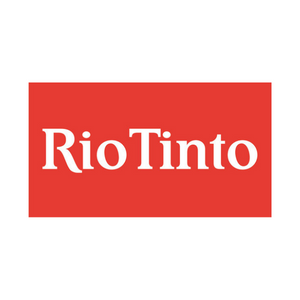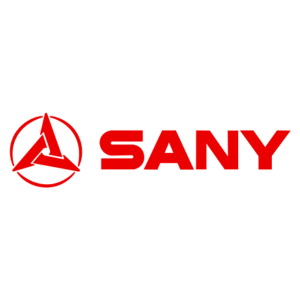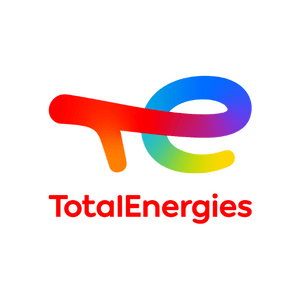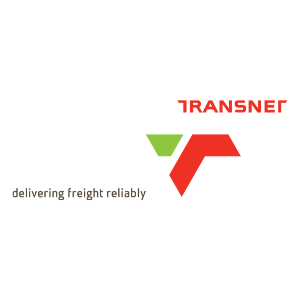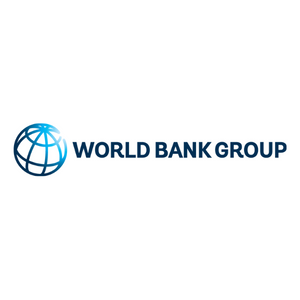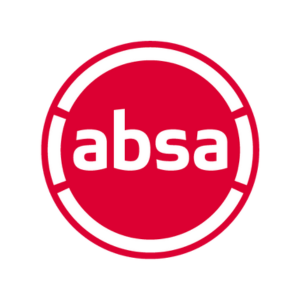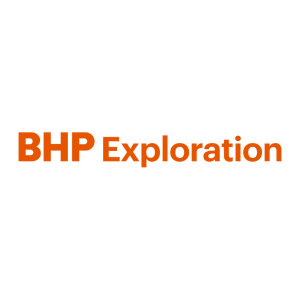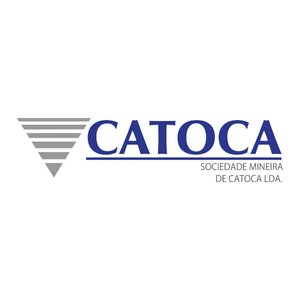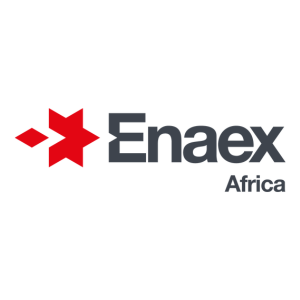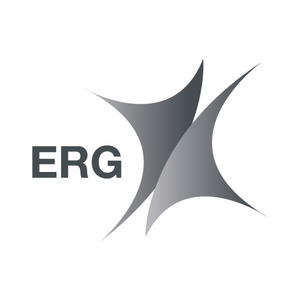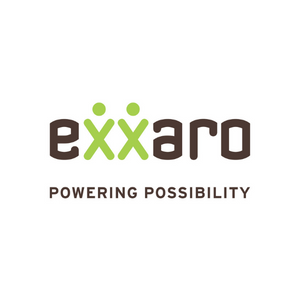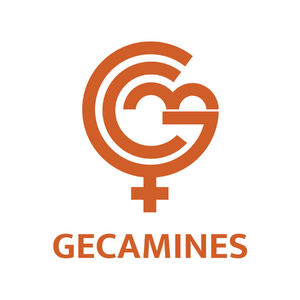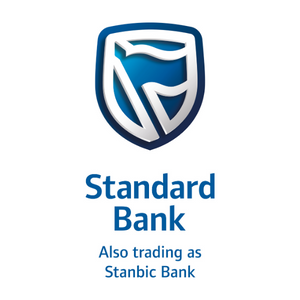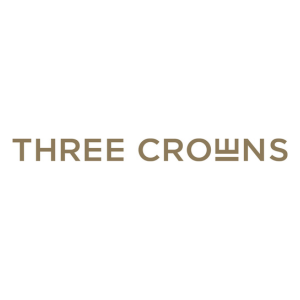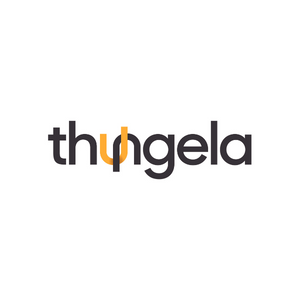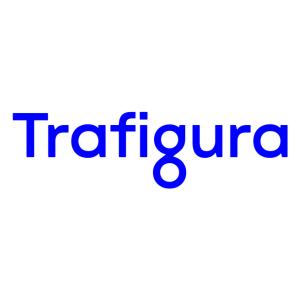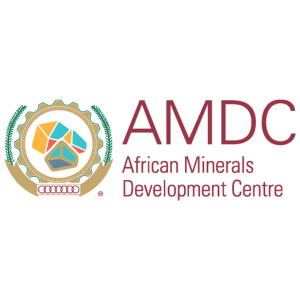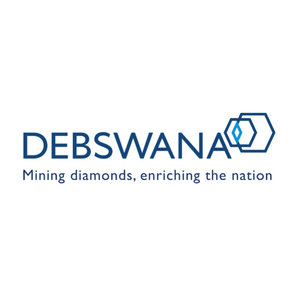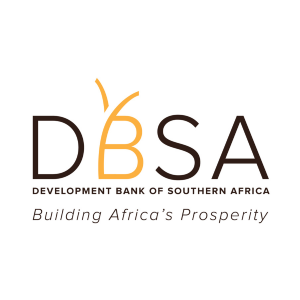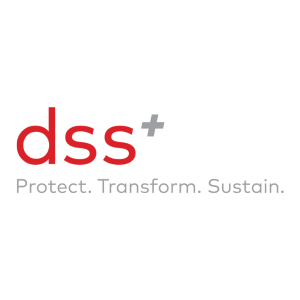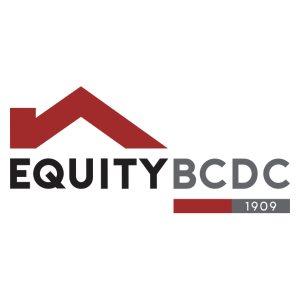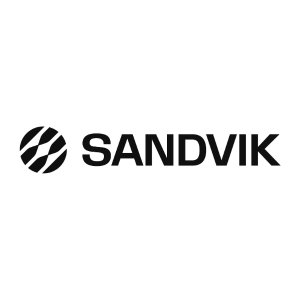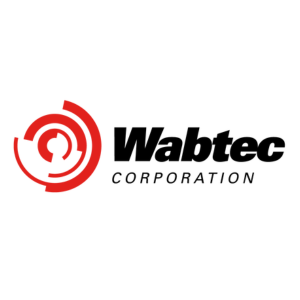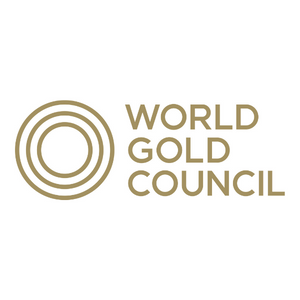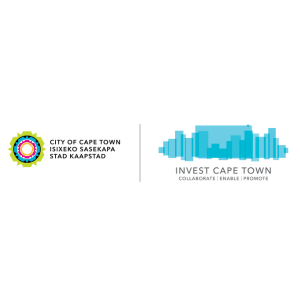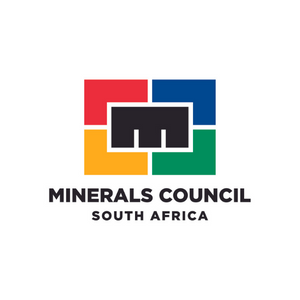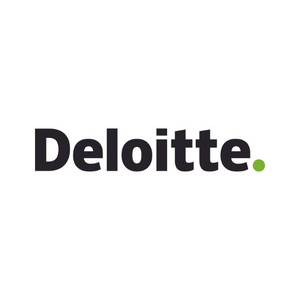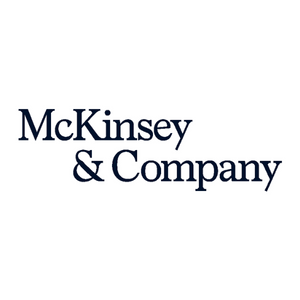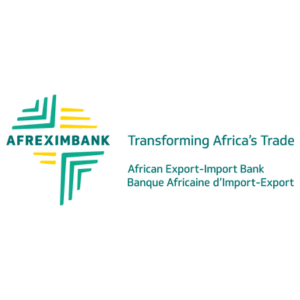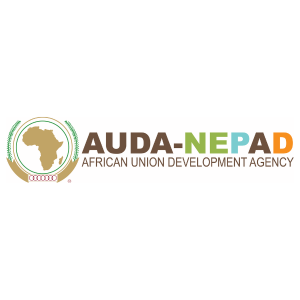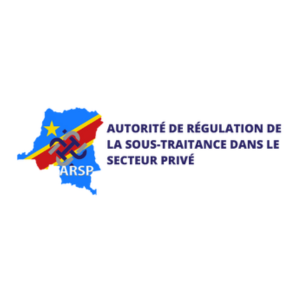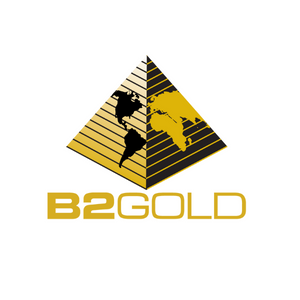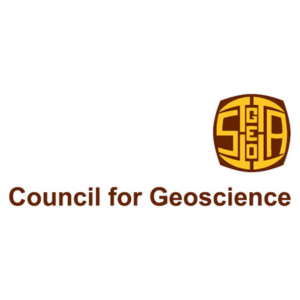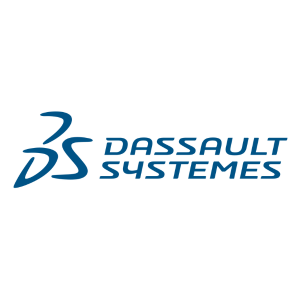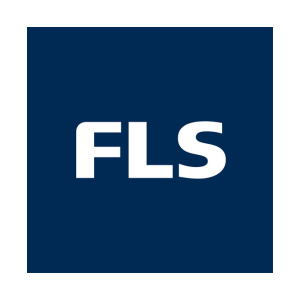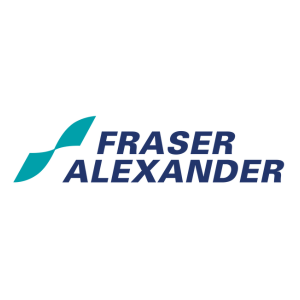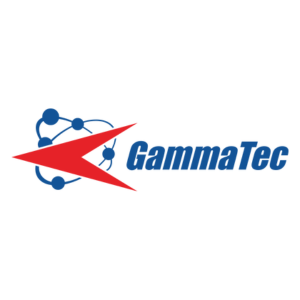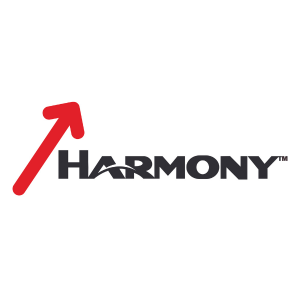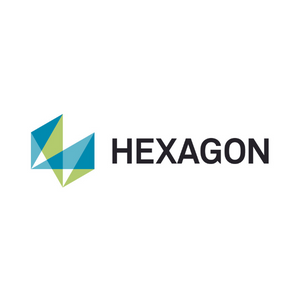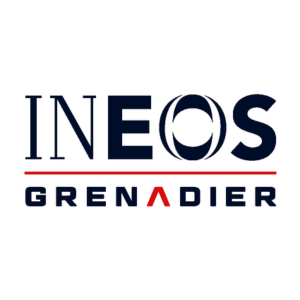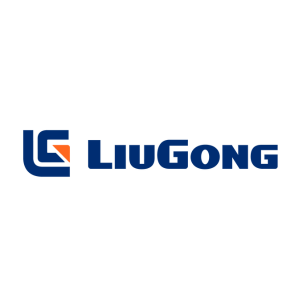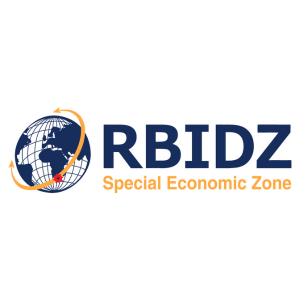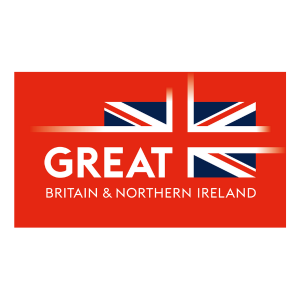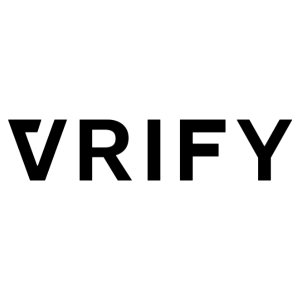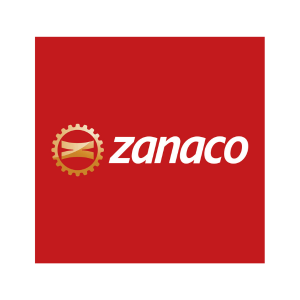Are international investors hungry to get a slice of Africa’s mining sector?
It’s a big question and one which bears close scrutiny. For decades, the mining, mineral extraction and metallurgy industries have attracted both significant industry attention and investment.
This is still the case. Africa remains a major destination for foreign capital.
In 2018, the total reached $46bn, an increase of 12% year-on-year, according to a UNCTAD report. $32bn of this was located in sub-Saharan countries.
Comparatively, cumulative worldwide FDI saw a contraction of 14%.
If we look at the split of regions, direct investment shows the following split:
• Sub-Saharan Africa - $32bn
• North Africa - $14bn
• West Africa - $9.6bn
• East Africa - $9bn
• Southern Africa - $4.2bn
The top five African recipients of FDI were:
• Egypt - $6.8bn
• South Africa - $5.3bn
• DRC - $4.3bn
• Morocco - $3.6bn
• Ethiopia - $3.3bn
The above UNCTAD figures represent overall FDI inflows, rather than specific investment in mining and quarrying.
A report from PWC, using UNCTAD data, states that greenfield FDI in Africa’s mining, quarrying and petroleum sector totalled $16.7bn in 2018, exhibiting y-o-y growth of 58%. That represents 34% of all international direct investment coming into Africa that year.
If we look at actual deals made in 2018, the value actually outstrips pure investment volumes, and in fact eclipses the total FDI in Africa. PWC reports that in 2018 total mining deals between multinational miners and African partners amounted $48bn.
Region by region, mining transactions sees an interesting split:
• West Africa - $16.2bn transaction value
• Southern Africa – $14.7bn transaction value
• North Africa - $14 bn transaction value
• East Africa - $1.6bn transaction value
• Central Africa - $0.2bn transaction value
Depending on the region, varying projects, metals and minerals are the focus of investment attention.
For instance, internationals in Southern Africa covers platinum group metals, nickel, gold, and cobalt. On the other hand, its gold mining and exploration that’s attracting investment in West Africa.
It’s Africa’s huge resource banks that keep capital inflows at a constant. For instance, 90% of the global reserves of platinum and cobalt is in Southern Africa. Many strategic metals can be found here too. Half of the worldwide gold is located on the continent, as well as 35% of uranium stocks.
While these metals remain in high demand, it is likely FDI flows will maintain a steady pace.
The World Bank also rated metal prices down in September 2019. For importers, which tend to be the largest investors in African mining, i.e. China and Russia, this is good news, allowing them to acquire greater volumes at a cheaper cost. These savings could then be used to re-invest in continental mining operations, however, the jury is still out on this.
The geographic spread of foreign investors covers the globe. The UK, US, Australia, Canada Russia, and especially China have all pumped large sums into developing Africa’s natural resources. Often, these take the form of joint ventures or tie ins with mining and mineral ministries of target African countries.
China is likely to become the most significant investor going forward. As the nation imports $4bn worth of ores and minerals annually to fuel its domestic manufacturing industry, China is looking to Africa to shore up its supply lines.
Russia, too, may have a larger presence soon too.
Several miners, such as diamond company Alrosa, already have significant assets or working mines throughout the continent. Many are eyeing up further African expansion, following on from President Vladimir Putin stating the need for closer mineral and economic cooperation between his nation and African countries at the 2019 Russia-Africa Summit.
Alrosa was a key sponsor of this event. The world’s second-largest diamond miner announced its intentions to explore for diamonds in Zimbabwe in January 2019, adding to its operations in Angola and Botswana.
January 2019 saw a merger between Barrick Gold and Randgold have merged to form a joint venture under the name Barrick worth $6.5bn. The new Barrick will be focussed on developing tier-one gold resources across Africa after picking up Randgold’s Mali activity.
Anglo American Platinum has also been busy. Its wholly-owned subsidiary, Rustenburg Platinum Mines Ltd., acquired an outstanding 50% interest in Mototolo JV from Glencore at the end of September 2018. This takes Anglo American Platinum’s share of this South African platinum and gold metals joint venture to 100%.
We cannot talk about African mining deals without mentioning Chinese firms. Zimbabwe is a target for companies from China, including Tsingchan Holding Group. The Group inked a deal worth an initial $2bn with the Zimbabwean Ministry of Mines in April 2019, covering the development of chrome, iron ore, nickel, and coal. The deal could rise to $10bn if Tschingchan is given the go-ahead to begin mining lithium throughout Zimbabwe in addition to the metals and minerals mentioned above.
Australian miners are also expanding their African portfolios. Gold producer Resolute has acquired all shares of Senegal’s Toro Gold in a mixed cash & shares deal. The deal, signed in July 2019, now means Resolute controls some big gold assets, include Toro’s flagship Mako Gold Mine, known for its low operational cost and high-margin. Resolute expects production at 400,000oz production since acquiring Toro Gold.
Foreign investors should be aware of upcoming law codes and legislative changes affecting continental mining investment.
Jurisdictions such as Tanzania, Mali, South Africa, DRC, and Zambia have either made, or are planning, substantial adjustments to mining law codes. The running theme throughout these changes is to heighten their recoupment levels from mining operations to improve domestic economies and improve the level of indigenous cooperation on major mining projects.
As such, royalty rates may be lessened, and taxes could rise in line with countries seeking to get more money for their own needs. This is something that all potential and existing extractors need to consider when eyeing up future capital expenditure throughout Africa.
Still, there exists a huge amount of naturally occurring minerals and metals in Africa to be developed. The opportunities are real and many. Find them at Mining Indaba.
Mining’s most important industry gathering returns in 2020, where once again we’ll be reviewing the state of Africa’s mining, alongside discussing the latest governmental and legislative changes and the biggest emerging opportunities.
Want to learn more about what’s to come for the African mining industry straight from experts within the field? Click here to enquire about sponsorship and exhibition spaces.
This is still the case. Africa remains a major destination for foreign capital.
What is the state of play for FDI in Africa’s mining industry?
Overall foreign direct investment increases against a global slowdown
Africa bucked a global trend by seeing overall continental direct investment grow last year.In 2018, the total reached $46bn, an increase of 12% year-on-year, according to a UNCTAD report. $32bn of this was located in sub-Saharan countries.
Comparatively, cumulative worldwide FDI saw a contraction of 14%.
If we look at the split of regions, direct investment shows the following split:
• Sub-Saharan Africa - $32bn
• North Africa - $14bn
• West Africa - $9.6bn
• East Africa - $9bn
• Southern Africa - $4.2bn
The top five African recipients of FDI were:
• Egypt - $6.8bn
• South Africa - $5.3bn
• DRC - $4.3bn
• Morocco - $3.6bn
• Ethiopia - $3.3bn
The above UNCTAD figures represent overall FDI inflows, rather than specific investment in mining and quarrying.
Mining-specific African FDI & deals
A report from PWC, using UNCTAD data, states that greenfield FDI in Africa’s mining, quarrying and petroleum sector totalled $16.7bn in 2018, exhibiting y-o-y growth of 58%. That represents 34% of all international direct investment coming into Africa that year.
If we look at actual deals made in 2018, the value actually outstrips pure investment volumes, and in fact eclipses the total FDI in Africa. PWC reports that in 2018 total mining deals between multinational miners and African partners amounted $48bn.
Region by region, mining transactions sees an interesting split:
• West Africa - $16.2bn transaction value
• Southern Africa – $14.7bn transaction value
• North Africa - $14 bn transaction value
• East Africa - $1.6bn transaction value
• Central Africa - $0.2bn transaction value
Depending on the region, varying projects, metals and minerals are the focus of investment attention.
For instance, internationals in Southern Africa covers platinum group metals, nickel, gold, and cobalt. On the other hand, its gold mining and exploration that’s attracting investment in West Africa.
It’s Africa’s huge resource banks that keep capital inflows at a constant. For instance, 90% of the global reserves of platinum and cobalt is in Southern Africa. Many strategic metals can be found here too. Half of the worldwide gold is located on the continent, as well as 35% of uranium stocks.
While these metals remain in high demand, it is likely FDI flows will maintain a steady pace.
The World Bank also rated metal prices down in September 2019. For importers, which tend to be the largest investors in African mining, i.e. China and Russia, this is good news, allowing them to acquire greater volumes at a cheaper cost. These savings could then be used to re-invest in continental mining operations, however, the jury is still out on this.
Which countries are the leading investors in African mining?
The geographic spread of foreign investors covers the globe. The UK, US, Australia, Canada Russia, and especially China have all pumped large sums into developing Africa’s natural resources. Often, these take the form of joint ventures or tie ins with mining and mineral ministries of target African countries.
China is likely to become the most significant investor going forward. As the nation imports $4bn worth of ores and minerals annually to fuel its domestic manufacturing industry, China is looking to Africa to shore up its supply lines.
Russia, too, may have a larger presence soon too.
Several miners, such as diamond company Alrosa, already have significant assets or working mines throughout the continent. Many are eyeing up further African expansion, following on from President Vladimir Putin stating the need for closer mineral and economic cooperation between his nation and African countries at the 2019 Russia-Africa Summit.
Alrosa was a key sponsor of this event. The world’s second-largest diamond miner announced its intentions to explore for diamonds in Zimbabwe in January 2019, adding to its operations in Angola and Botswana.
Key deals between international miners & African partners
January 2019 saw a merger between Barrick Gold and Randgold have merged to form a joint venture under the name Barrick worth $6.5bn. The new Barrick will be focussed on developing tier-one gold resources across Africa after picking up Randgold’s Mali activity.
Anglo American Platinum has also been busy. Its wholly-owned subsidiary, Rustenburg Platinum Mines Ltd., acquired an outstanding 50% interest in Mototolo JV from Glencore at the end of September 2018. This takes Anglo American Platinum’s share of this South African platinum and gold metals joint venture to 100%.
We cannot talk about African mining deals without mentioning Chinese firms. Zimbabwe is a target for companies from China, including Tsingchan Holding Group. The Group inked a deal worth an initial $2bn with the Zimbabwean Ministry of Mines in April 2019, covering the development of chrome, iron ore, nickel, and coal. The deal could rise to $10bn if Tschingchan is given the go-ahead to begin mining lithium throughout Zimbabwe in addition to the metals and minerals mentioned above.
Australian miners are also expanding their African portfolios. Gold producer Resolute has acquired all shares of Senegal’s Toro Gold in a mixed cash & shares deal. The deal, signed in July 2019, now means Resolute controls some big gold assets, include Toro’s flagship Mako Gold Mine, known for its low operational cost and high-margin. Resolute expects production at 400,000oz production since acquiring Toro Gold.
Investors should be aware of mining legislation changes
Foreign investors should be aware of upcoming law codes and legislative changes affecting continental mining investment.
Jurisdictions such as Tanzania, Mali, South Africa, DRC, and Zambia have either made, or are planning, substantial adjustments to mining law codes. The running theme throughout these changes is to heighten their recoupment levels from mining operations to improve domestic economies and improve the level of indigenous cooperation on major mining projects.
As such, royalty rates may be lessened, and taxes could rise in line with countries seeking to get more money for their own needs. This is something that all potential and existing extractors need to consider when eyeing up future capital expenditure throughout Africa.
Still, there exists a huge amount of naturally occurring minerals and metals in Africa to be developed. The opportunities are real and many. Find them at Mining Indaba.
Explore the continental investment landscape in African Mining Indaba
Mining’s most important industry gathering returns in 2020, where once again we’ll be reviewing the state of Africa’s mining, alongside discussing the latest governmental and legislative changes and the biggest emerging opportunities.
Want to learn more about what’s to come for the African mining industry straight from experts within the field? Click here to enquire about sponsorship and exhibition spaces.
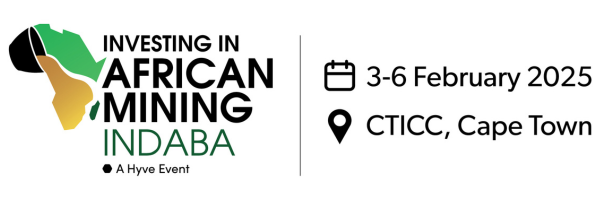
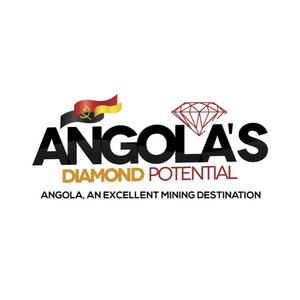
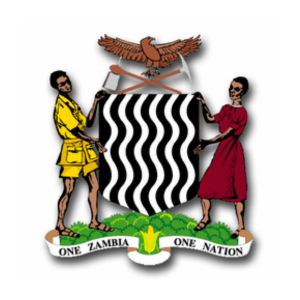
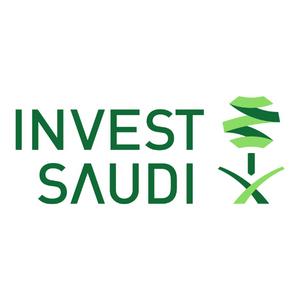
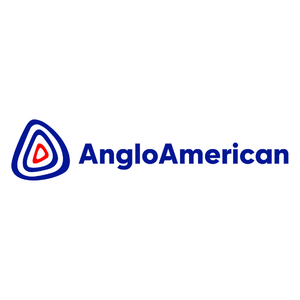
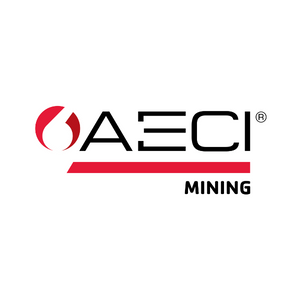
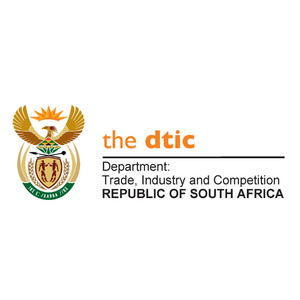
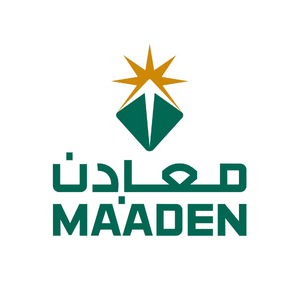
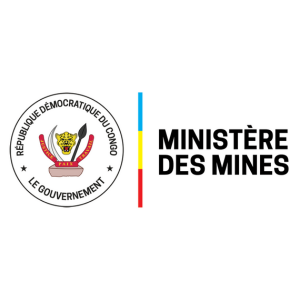

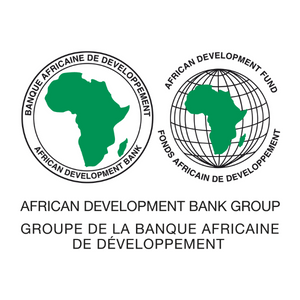
-min.png?ext=.png)
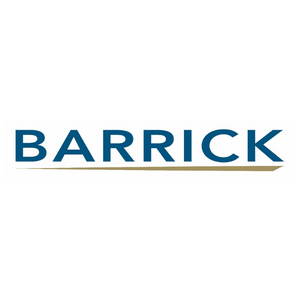
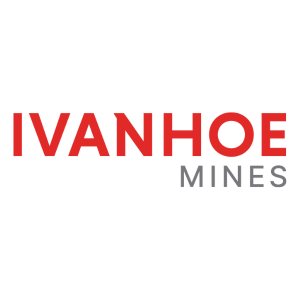
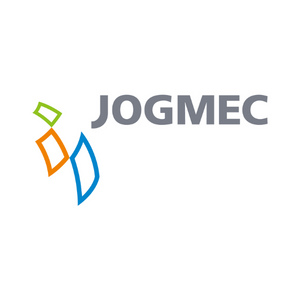
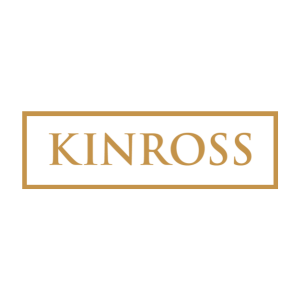
_1.png?ext=.png)
